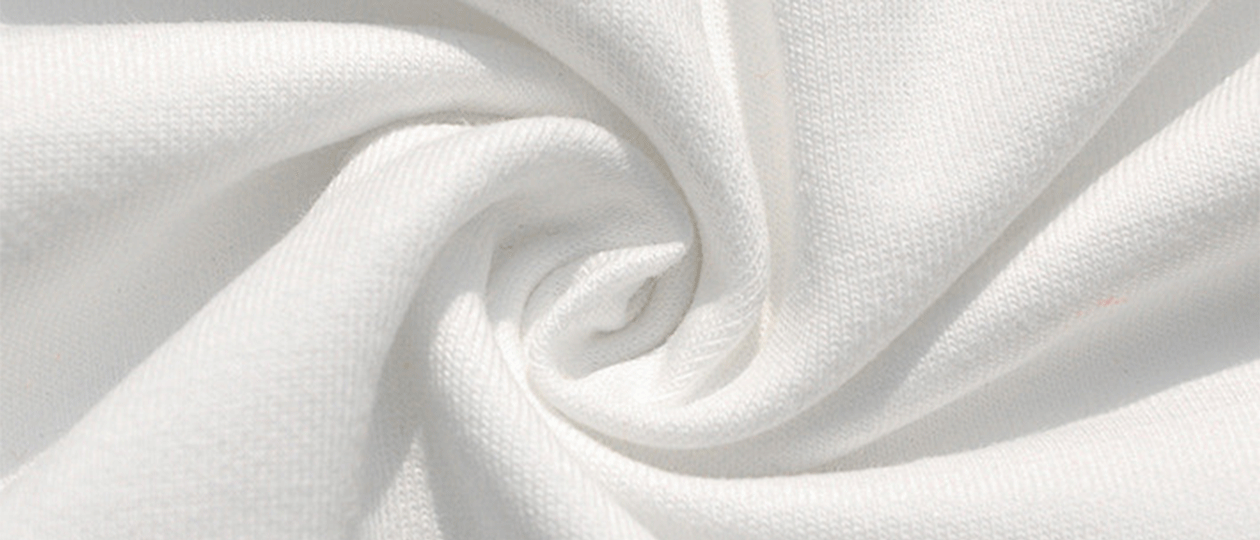When buying T-shirts, choosing the right fabric is essential for comfort, durability, and the intended use of the shirt. Here’s a guide on how to choose the best fabric:
1. Cotton
Best for: Comfort, breathability, everyday wear.
Advantages:
Soft, breathable, and hypoallergenic.
Absorbs moisture, keeping you cool and dry.
Easy to care for (machine washable).
Considerations:
Pure cotton can wrinkle easily.
May shrink after washing if not pre-shrunk.

2. Polyester
Best for: Durability, sportswear, activewear.
Advantages:
Resistant to wrinkles and shrinking.
Lightweight and moisture-wicking.
Dries faster than cotton and retains its shape well.
Considerations:
Not as breathable as cotton.
Can trap heat and may not be as comfortable for long wear.

3. Cotton-Polyester Blend
Best for: Casual wear, durability with comfort.
Advantages:
Combines the softness of cotton with the durability of polyester.
More resistant to shrinking and wrinkles than pure cotton.
Retains color well and is less likely to fade.
Considerations:
Less breathable than 100% cotton.
Not as natural-feeling as pure cotton.

4. Linen
Best for: Hot climates, lightweight, breathable wear.
Advantages:
Extremely breathable and moisture-wicking.
Ideal for summer wear due to its lightness and cooling properties.
Considerations:
Wrinkles easily.
Less durable and can wear out faster than cotton or polyester.

5. Rayon/Viscose
Best for: Softness and drape, fashion-forward styles.
Advantages:
Soft, smooth feel with a silk-like appearance.
Drapes beautifully and offers a comfortable fit.
Considerations:
Tends to shrink and stretch over time.
Not as breathable as cotton.

6. Spandex/Elastane (Lycra)
Best for: Stretch and flexibility, sports or activewear.
Advantages:
Provides excellent stretch, making the shirt more form-fitting.
Ideal for performance and active wear.
Considerations:
Not breathable on its own and needs to be blended with other fabrics.

7. Organic Cotton
Best for: Eco-conscious buyers.
Advantages:
Grown without pesticides or chemicals, making it better for the environment.
Soft and comfortable like regular cotton.
Considerations:
Typically more expensive than conventional cotton.

8. Bamboo
Best for: Eco-friendly options, ultra-soft and breathable wear.
Advantages:
Naturally antibacterial and moisture-wicking.
Extremely soft and comfortable.
Sustainable and biodegradable.
Considerations:
Can be prone to wrinkles.

May need delicate care when washing.
Key Factors to Consider When Choosing Fabric:
Comfort: Consider how the fabric feels against your skin, especially if you have sensitive skin or plan to wear the T-shirt for long periods.
Breathability: Look for fabrics like cotton, bamboo, or linen for hot climates or active wear.
Durability: Polyester and cotton blends are great for long-lasting wear, while fabrics like rayon may wear out more quickly.
Moisture-Wicking: For activewear, look for moisture-wicking materials like polyester or performance blends.
Care & Maintenance: Cotton and polyester blends are easier to care for, while fabrics like linen or bamboo may require more delicate handling.
Environmental Impact: Choose organic cotton or bamboo for eco-friendly options.
By considering these factors and matching them to your needs, you can choose the right fabric for your T-shirt purchase.